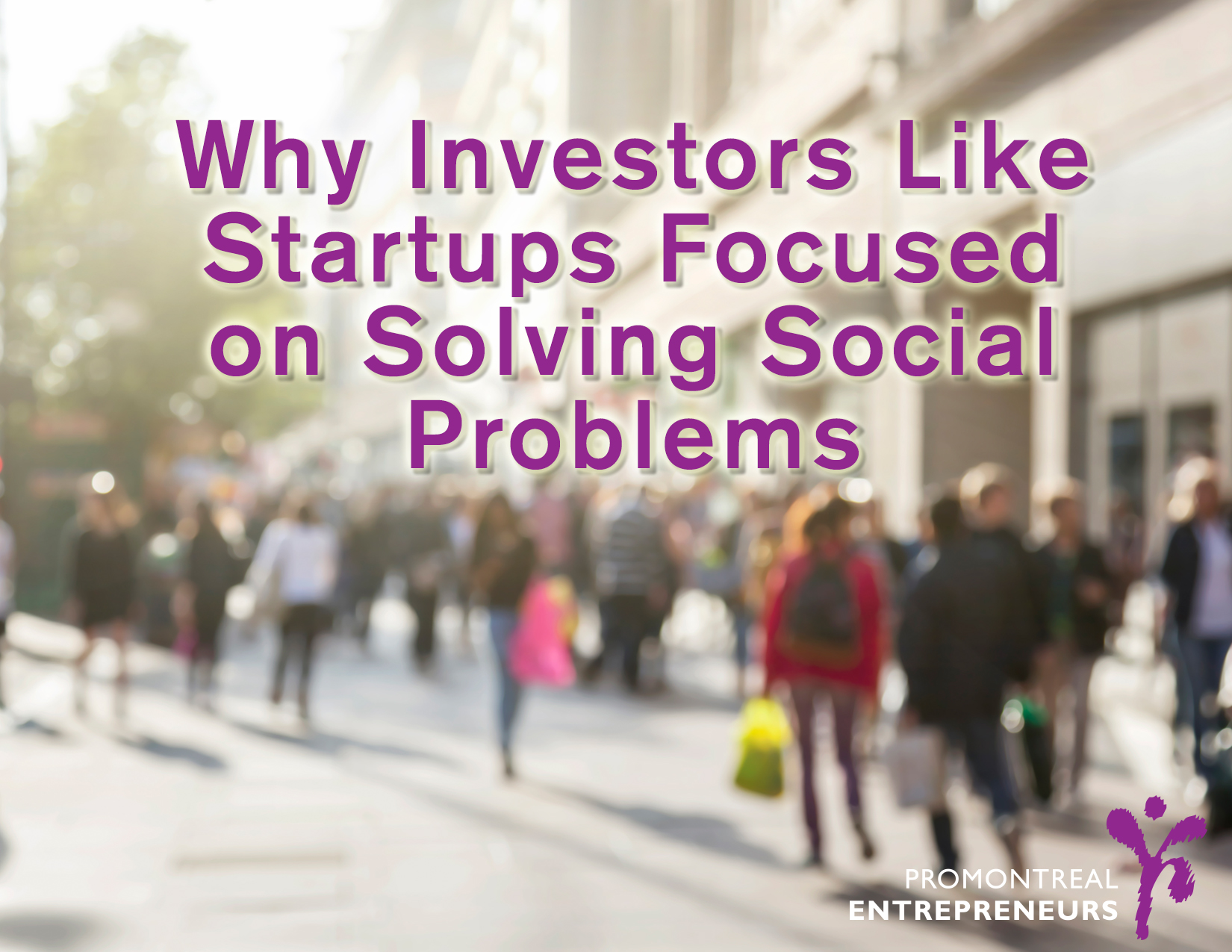

task management app for dogs with multiple owners.
Most every entrepreneur can provide a laundry list of errors and miscalculations. Failing is part of the course, but the most successful entrepreneurs actually benefit from their failures. It is their ability to learn from their mistakes and move forwards that significantly contributes to their professional and financial accomplishments. A little over 50% of start-ups fail in the first 5 years, it is a common occurrence yet nobody ever talks about it.
For many entrepreneurs, setbacks, which are for the most part, unavoidable, can become debilitating. But that need not be the case.
Ben Syne was the founder of Dog Sync, a task management app for dogs with multiple owners. It allowed owners to keep track of when the dog was fed, walked etc. DogSync was part of the statistics of start-ups that failed, despite this Syne looks back at this as a learning opportunity and shares with us how he overcame this. He shares with us what he learned and how he has evolved, which is something a lot of entrepreneur’s are unable to achieve.
-
What motivated you to start DogSync?
At the time, my family and I faced this problem. We all had six different schedules and it was difficult to know who did what. It especially became an issue when our dog started taking medication because sometimes it would be given to him twice in a day. I saw this problem and wanted to create a solution for it.
-
When did you first start seeing warning signs in DogSync?
The initial warning sign was that our drop off rate started to increase.Our users were not taking to our app and we were not keeping our customers. We realized that there was not that many groups of people who cared for one dog and even for family members; there was always one person who would be designated to ensuring the maintenance of the dog.
Once we realized we were not getting enough traction, we decided to pivot into sometime entirely different which was called BarkMiles. With BarkMiles you earn points while walking your dog that got you discounts on your favorite dog products. That was doing well too except we had one major issue, cash flow. We took too long to bring our first idea to market. When we realized we needed to pivot, we started to run out of cash. We did not have enough cash to take it all the way and that’s the major thing that shut us down.
-
Why do you think dog sync didn’t turn out to be successful/ what mistakes did you make?
The main thing that shut us down was that we did not have enough cash flow to take it as far as we could have. This was due to our poor management of capital over time. I think it would have also been useful to have check in every few weeks to look and reassess where our financial figures stood. Therefore, a big issue for DogSync would be use of finances and capital.
-
Starting a business and failing at it can be very hard, how did you deal with it?
I have to admit it hurts a lot. I put a lot of my time into this and it was something I was very passionate about. Learning to meditate and achieving a calm state of mind was super important for me because it allowed me to look back at everything objectively. When things like this happen, it’s important to absorb and understand what’s happening because these are the best learning moments. When I start a business again, I do not want to trip over the same rocks I did the first time. Let the dust settle, go back and look at the situation with fresh eyes. Failure is learning, and I try to take as much as I can from that experience because it was a very expensive one.
-
What advice could you give to other founders who have been in the same position as you?
Don’t take your failure personally. Associating yourself to this failure will only make you think of yourself as a failure and it will not allow you to try again. It important to remember that the way you frame any bad situation will have a big effect on the outcomes of this event. If you read about successful entrepreneurs in the media, most of them have had 80-90% of failures in their careers and just a bit of success that took them very far. The thing that differentiates a successful entrepreneur is their ability to look back and grow from their failures, which allows them to come out better and stronger than everyone else.
-
Do you regret starting dog sync
Absolutely not. It is almost as if it’s a checkmark on my path to success and I’m ahead of the game now. I look at this as an opportunity because I am only coming out better and smarter from this whole experience. Take for example, Ray Dalio founder of Bridgewater and one of the world’s top hedge fund managers. Early on in his career, he failed at the same thing three times in a row. He tried starting a fund and went bankrupt two or three times. It was because of those failures that he overcame and persevered through that made him as successful as he is today.
I do not look at dog sync like a failure because even during the process of it, I still learned an enormous amount. It has allowed me to evolve and come out smarter than before. Being thrown into these kind of situations allows you to learn eight times faster than if it were in any structured environment. I also had great people to work with and I would not have given up that opportunity up for anything.
- Do you think you will ever start another business in the future and or what are you currently working on
I have started another business; unfortunately, we are not at the stage of releasing any information. However, post dog sync; I spent some time working on the skills I thought were important to improve on before I started up another business. I was also waiting for some inspiration until an idea sparked and I began researching for 2 years. This is was a subject I had no previous knowledge on. I had to spend a lot of time researching and learning about it. I got interested in a completely different field, it was something I saw randomly on the web and it got me excited on an idea. This is something I will be launching this year.
-
What lessons learned from dog sync will you be incorporating into your new venture
I realized having a coach or someone to check in with every week is something that is super valuable. I wish I did this for dog sync, but now I have a coach that I have weekly check ins with. It allows me to reflect on decisions, ideas and map out where business is at and where it should be. Having someone who can objectively give you feedback that is not emotionally invested in what your doing can help shape ideas and decisions. Being an entrepreneur, there are a lot of up and downs. It’s useful to have someone to talk to just to be able to see the whole picture. All top athletes have coaches and I think an entrepreneur having a coach brings the same value in order to be the best you can possibly be. I found my coach by putting an ad online and I received quite a few responses.
Management and planning are extremely crucial and is something that is worth sitting down and investing your time. Having a good management structuring goes a long way especially when you have a team under you.
Effective planning of resources, like I said a company dies when you run out of money so every decision should start with your team budget and what you’re going to be doing over time to achieve these metrics.
Every entrepreneur should take note on Syne’s ability to transform his failure into something positive. Being able to fall and get back up is one of the hardest things to do but once you do, you come out better and stronger. Don’t be afraid of failing because it’s only part of your journey to success.



 When deciding how much equity split to give to a co-founder, your goal as CEO is to create a split that will maximize motivation. The amount of equity you give to a co-founder will determine the amount of work and energy they put into the start-up.
When deciding how much equity split to give to a co-founder, your goal as CEO is to create a split that will maximize motivation. The amount of equity you give to a co-founder will determine the amount of work and energy they put into the start-up.






